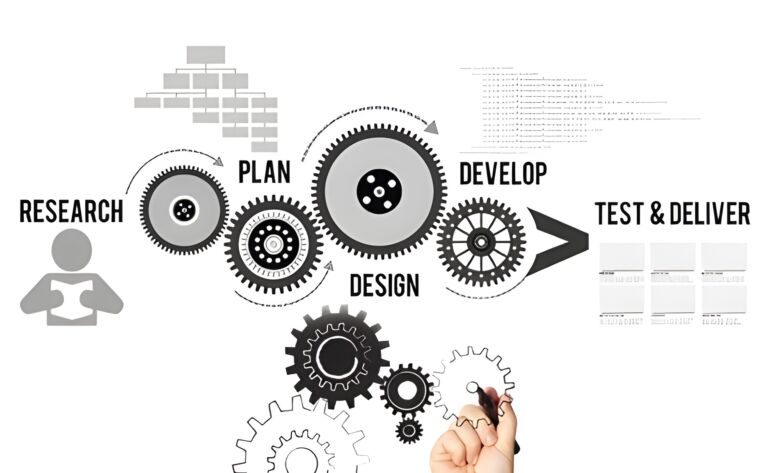Design and Development Planning - Section 8.3.2 of the ISO 9001/AS9100D Standard

Design and Development Planning
What is design and development? Design and development of a product or service is a vital process, and the accuracy of the output from this process has a significant impact on the quality of the final product or service. If an organization does not carry out any design and development work, then this section of the standard will not be applicable.
There are several clauses that are part of the requirements for design and development in the standard. The first step being – Design and Development Planning, which refers to the path the organization expects to take in creating the design of their product or service. Depending on the product or service being supplied, these plans can range from simple to sophisticated.
According to the ISO 9001/AS9100D Standards, during the planning phase the organization shall consider:
- The nature, duration & complexity of the design & development processes
- The requirements that specify particular process stages, including applicable design and development reviews
- The required design and development verification and validation activities
- The responsibilities and authorities involved in the design and development process
- The internal & external resource needs for the design & development of the products and services
- The need to control interfaces between individuals and parties involved in the design and development process
- The need for involvement of customer and user groups in the design and development process
- The requirement for subsequent provision of products and services
- The level of control expected for the design and development process by customers and other relevant interested parties
- The necessary documented information to confirm that design and development requirements have been met
The idea is to fit the design plan to the nature of the product or service being offered. Simple products will thus have simple design plans, whereas complicated products will have complex design plans. Design plans may be anything from one-page memos or diagrams to several documents such as critical paths, Gantt charts, work breakdown structures, and so on.
In many cases, once a design and development plan has been established, it can be used each time the organization designs something. It should serve as a routine process, with the only difference between products being the specific timing of the tasks. Overall, the planning process’ output will enable organizations to deliver products and services that match customer expectations while also ensuring that the project is finished on time and within budgetary restrictions.
